When Charles Perrault wrote Puss in Boots in 1696, he couldn't imagine that we would still love this fairy tale about a cunning cat who helps his master, a poor miller's son, climb the social ladder. Perrault included numerous allusions to the then-existing state in society, ironically exposing the cruel facts of being a non-privileged human with zero chances to join the nobility, no matter how capable one could be.
His fairy tale brings so many twisted bits of advice and corrupt morals we simply must explore it. Not just because we can still learn something new about the world we live in, but also why this seemingly completely uneducational story became a classic. Like it or not, it can actually teach us a lot and even offer some very valuable lessons.
So here they are - ten messages of The Puss in Boots!


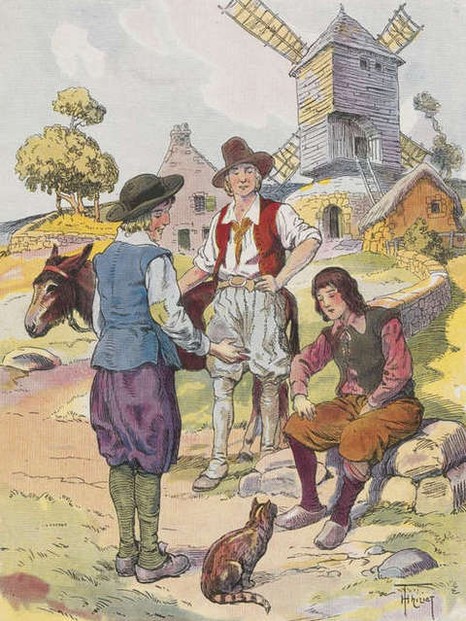
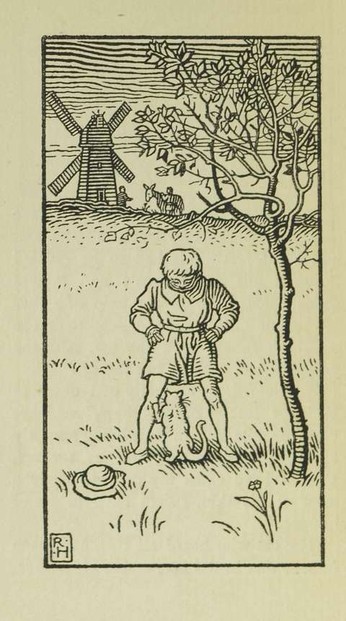
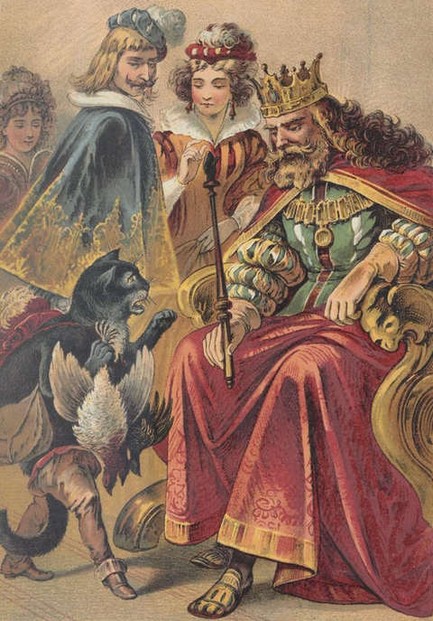
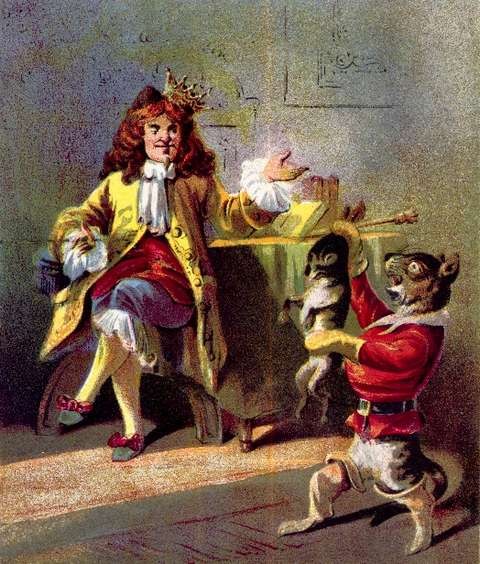
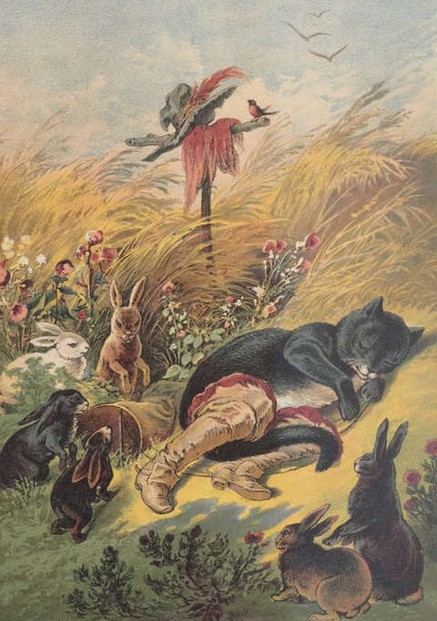
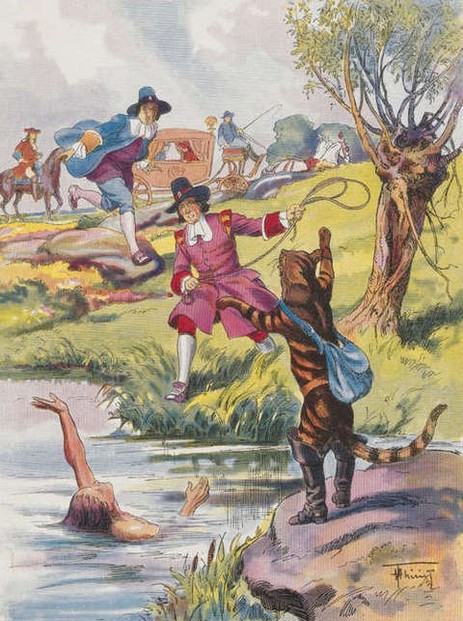

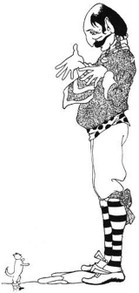
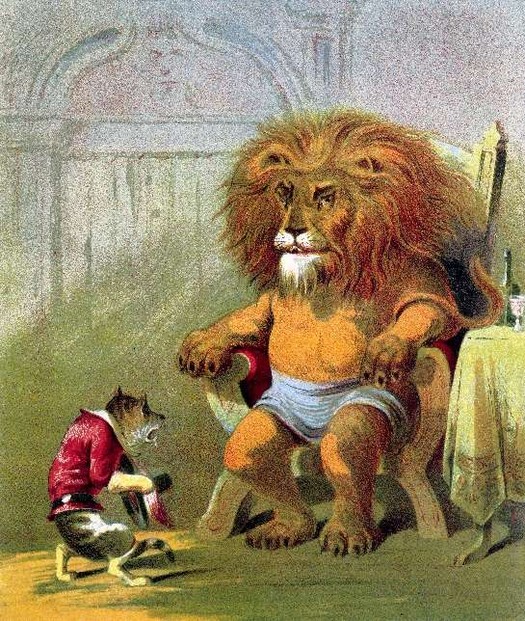
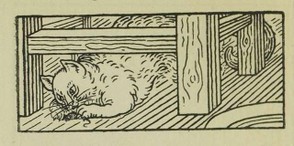



 Vintage Postcard Artists with 10 Examples of Easter Cardson 02/21/2025
Vintage Postcard Artists with 10 Examples of Easter Cardson 02/21/2025
 Valentine's Symbolson 01/23/2025
Valentine's Symbolson 01/23/2025
 Thanksgiving Symbolson 11/12/2024
Thanksgiving Symbolson 11/12/2024
 Famous Witches in Literary Historyon 10/06/2024
Famous Witches in Literary Historyon 10/06/2024
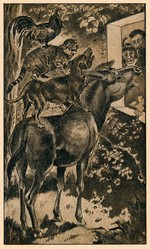
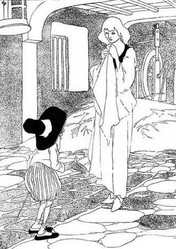
What is your favorite part of Puss in Boots?
It's Offterdinger's interpretation.
Yes, it can. It works in both ways, though.
Thanks, DerdriuMarriner, for congrats. I have a long list of project with always changing priorities, so I can't promise any time schedule.
The caption You don't have to wear your own clothes to look better to the sixth subheading, The clothes make the man, amuses me.
At the same time, the in-text image above it by Henri Thiriet (Jul 4, 1873-Jun 10, 1946) appears among my favorite images by Puss in Boots illustrators because of the realistic body language of a youngster without clothes in water and of his feline committed to getting help.
Your second link above, about Great old books, contains an effective same-scene illustration by Carl Offterdinger (Jan 8, 1829-Jan 12, 1889). But the latter displays that young man amid tall grass, perhaps as water-body plants, perhaps not.
Your paragraph expresses a water-body context, as epitomized by the water-body image.
Is it Offterdinger's interpretation or might retellings have located the young man within tall grasses?
The captions account for a favorite part of this wizzley.
In particular, the captions You don't have to wear your own clothes to look better under the sixth subheading The Clothes Make the Man and If you can't beat him, eat him under the ninth subheading Strength Can Be Defeated by Wit appeal to me.
So the two morals --"It's great to have a property, but it's even better to know how to act.
Youth and good clothes may be enough to win a heart of a princess" -- to the Puss in Boots illustrations and images in the last, fifth link above to Perrault fairy tales on weebly caused me quite a chuckle.
"The end justifies the means" is a saying that some Unitedstatesians like even as other Unitedstatesians mistrust the extent of its possible applications.
Might that saying be expanded for Puss in Boots to The end (of not turning into fur clothing or gloves) justifies the means?
The sole paragraph to the fourth subheading, Gifts Are the Key To One's Heart If you can't buy them, steal them!, advises us that "While it's not explicitly written who owns the forest where the cat caught the partridges and rabbits, it's obvious that the miller's son doesn't have any right to hunt."
The fifth in-text image -- Puss pretending, by Carl Offterdinger -- counts among my favorite parts amidst Puss in Boots illustrations. It exposes how Puss in Boots fetches forest-flocking partridges and rabbits!
(In another direction, but relevant because forest-related, you mention elsewhere sharing with us forest roles in fairy tales. Might that be any time soon? [And congratulations to your city for the consecutive number of Tree City awards!)
It's a lovely picture, yes. We should also take Perrault's idea about skinning the cat with a grain of salt. After all, he presented the idea of serving 'The Sleeping Beauty' in sauce Robert ...
His initial idea was to make a pair of gloves.
I believe it was a custom.
No, no such examples.